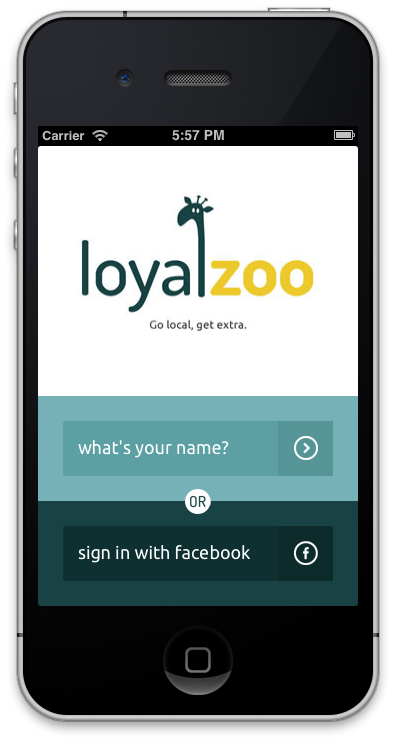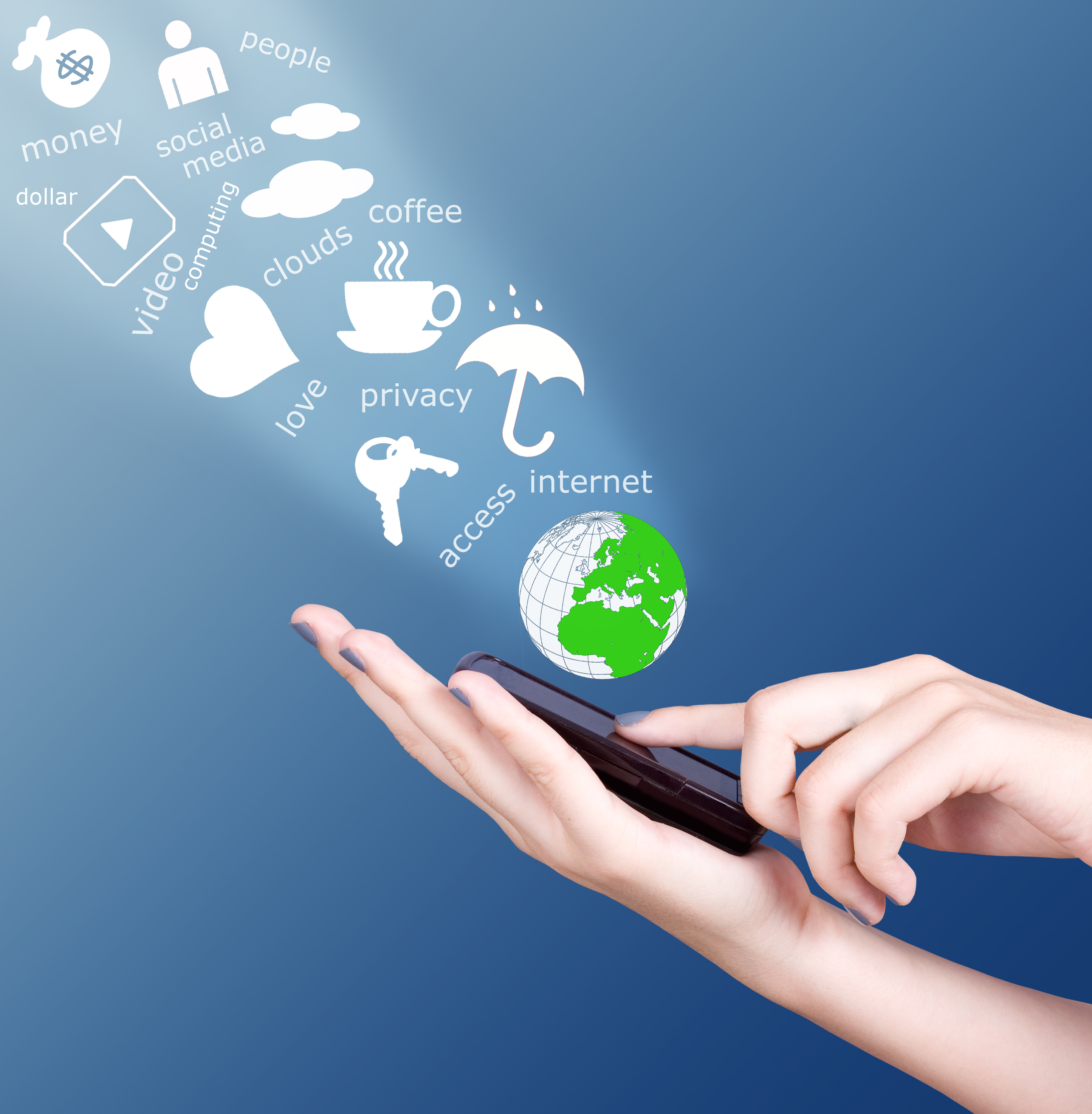What will make payment apps work? Anyone following the teensiest amount of tech news will have seen the past year’s abundance of payment apps emerging, with the likes of PayPal, Apple, Google and mobile network provider EE all offering ways to pay using an app or simply a phone. Allegedly, to benefit the user. To liberate us from our plastic cards, to make payments easier and more efficient for the consumer.
On the front of it – sure, it’s fine. Instead of swiping my card, I can tap my phone and money is zapped from my account. The hassle lies in setting this up, in registering your card and also in breaking the habit of using payment cards or cash.
For retailers, the appeal in the efficiency of mobile payments is considerable, but it is not feasible that every consumer will want to join in. Firstly, a huge proportion of consumers do not have smartphones and will still use their plastic cards or cash. Secondly, many of us still distrust this new technology and prefer having to type in our PIN or paying in cash. Thirdly, with a rapidly increasing number of us having contactless payment cards already – which can be used almost everywhere – there is little reason to swap one contactless payment method for another. All of these mean that even if mobile payment gets widespread, it will complement rather than replace our current methods.
For mobile payments to really become an attractive alternative to the user, there must be further incentives for the user. TFL did this as part of phasing out Oyster cards, by making the rates better for those paying with normal contactless payment cards. To simply add another way of paying is a mere nuisance and is unlikely to catch on. Research from the hospitality sector suggests that a number of merchants see loyalty as the best way of connecting to customers during the shopping experience – as many as 64% of the retailers asked in the Forrester Consumer survey report this. 46% also think of loyalty and rewards programs as an effective sales driver.
We also know that retailers everywhere are jumping on the app-wagon. Being on mobile is perceived as extremely important, and many want their own app. For the consumer, an app for each shop/business is unrealistic – we are selective in the apps we use, so the value and versatility of the app is crucial to get right. This goes especially for payment apps, because we have a heavily structured system here already, which also is dependent on habit and trust.
Likewise, apps that only do loyalty or discounts for one particular shop, are unlikely to catch on for consumers. If the Starbucks app didn’t have both elements – loyalty points and payment – would it be as popular? Users of the app get loyalty points for paying with it, a strong incentive likely the cause of the apps success. We also already know that cash back cards are efficient in driving consumer behaviours – e.g. Mastercard (with certain banks) offering 3% cash back on their credit card, incentivising users to pay with that card over other methods.
Multi-use and real benefits for the user, apart from the vague ‘efficiency’ argument, seem to be the way forward – and loyalty and mobile payment seems to be a good match for retailers as well as customers.

